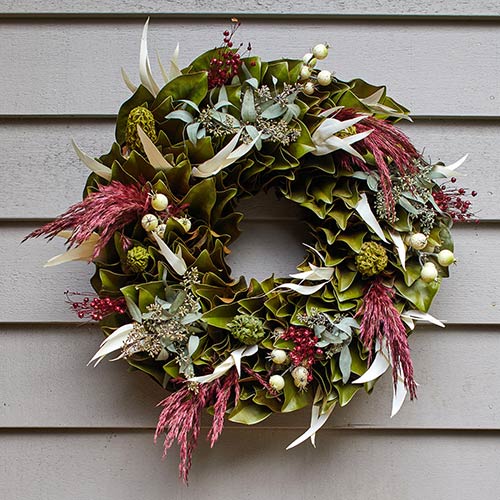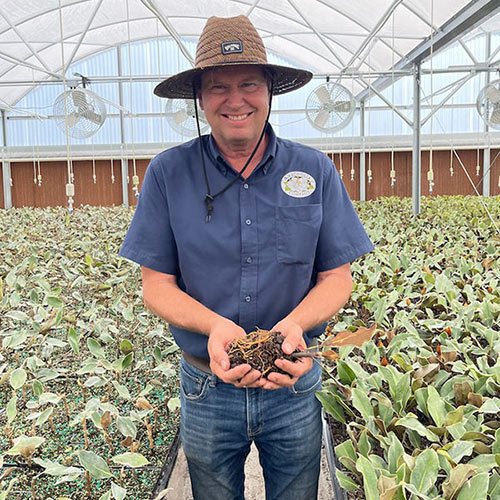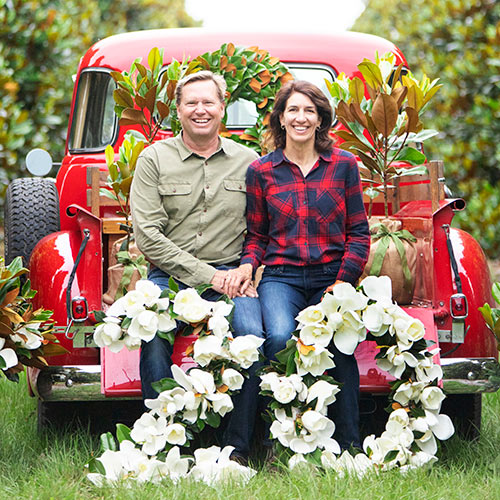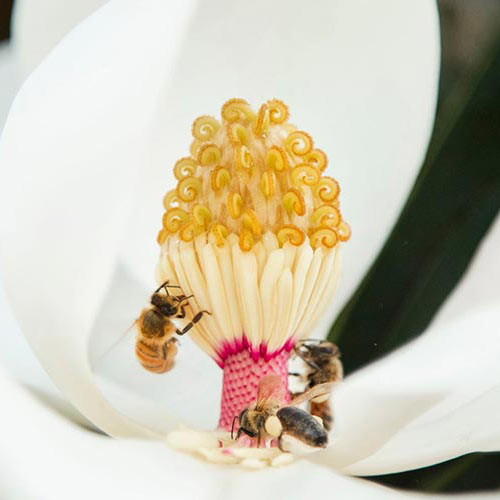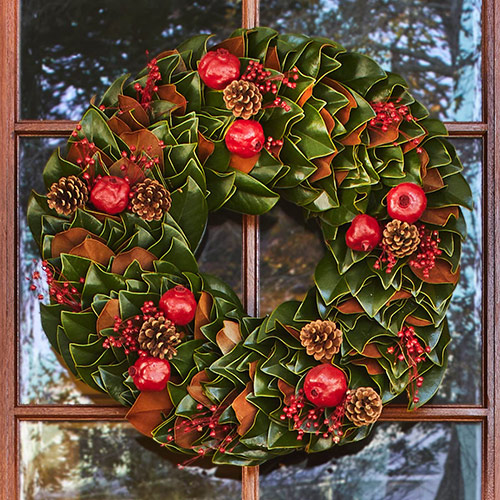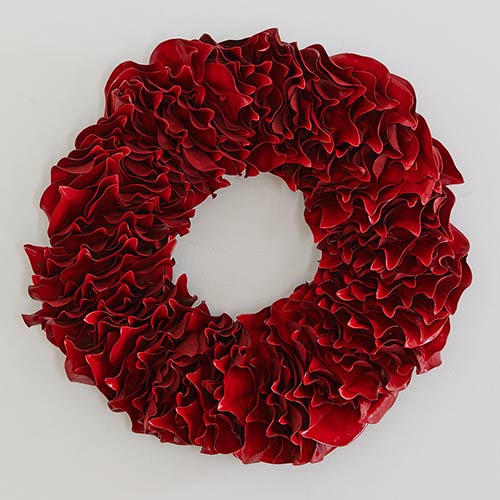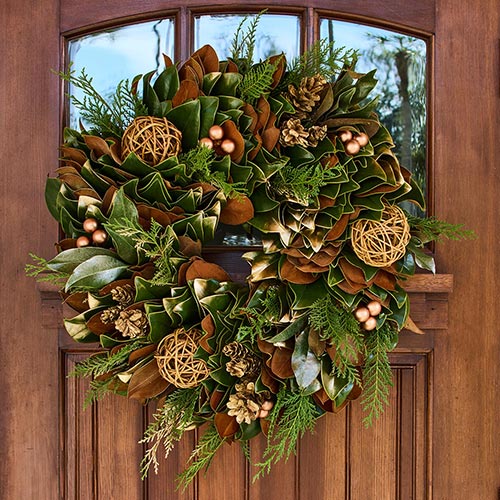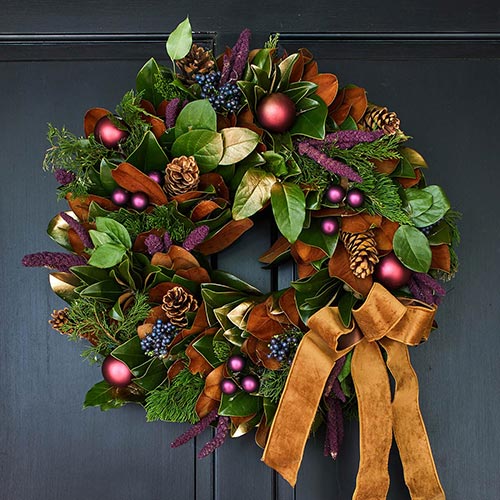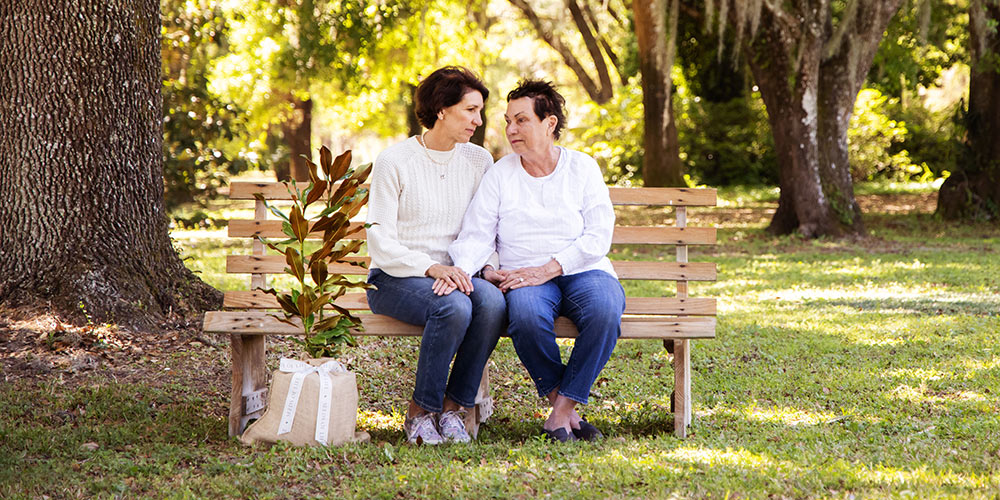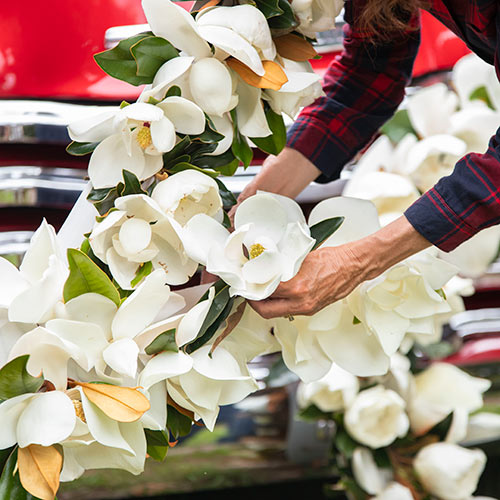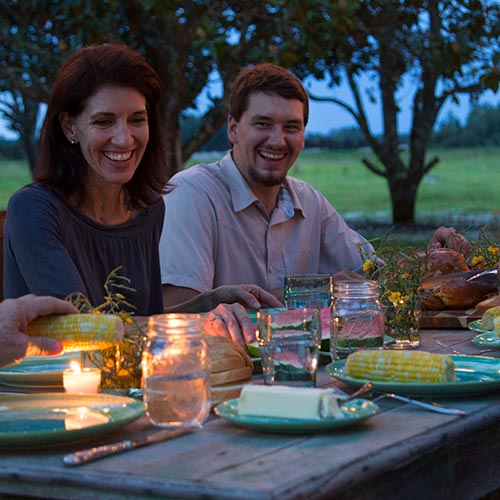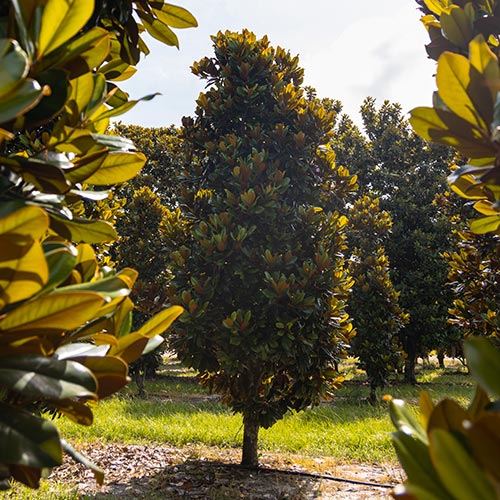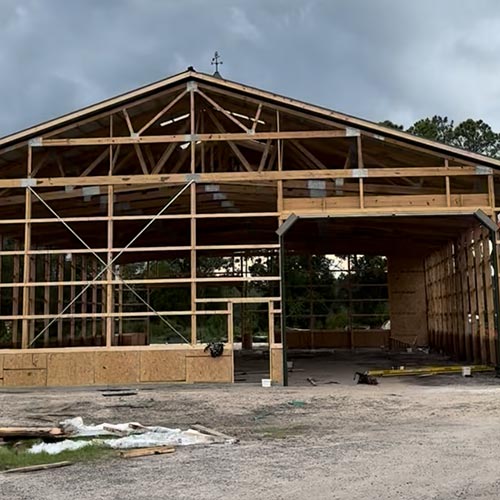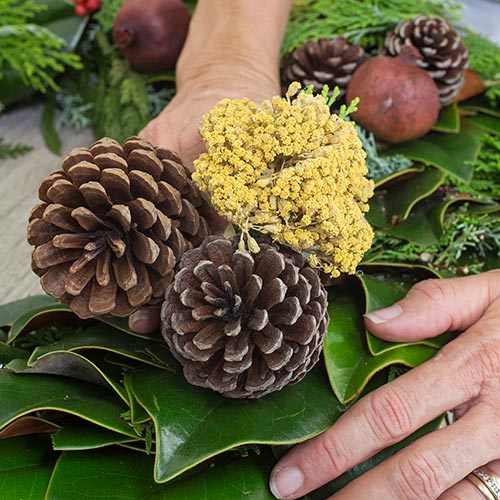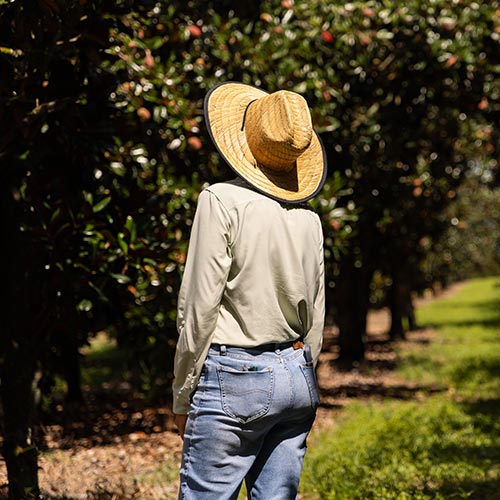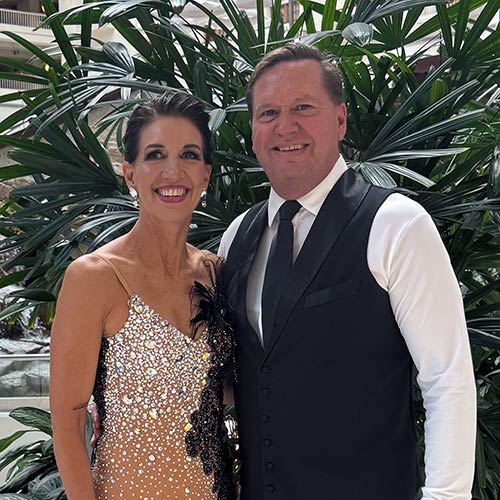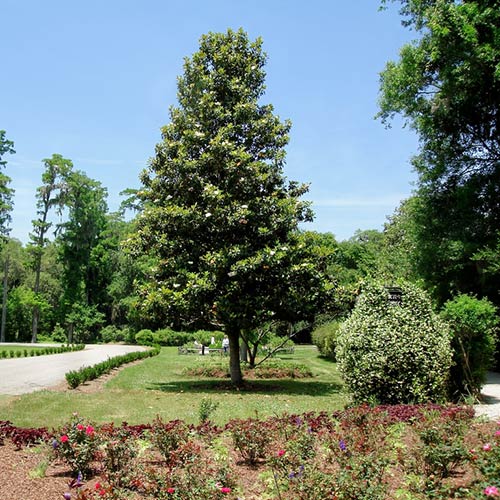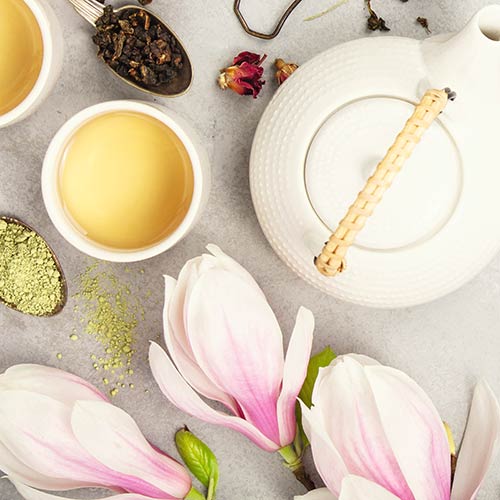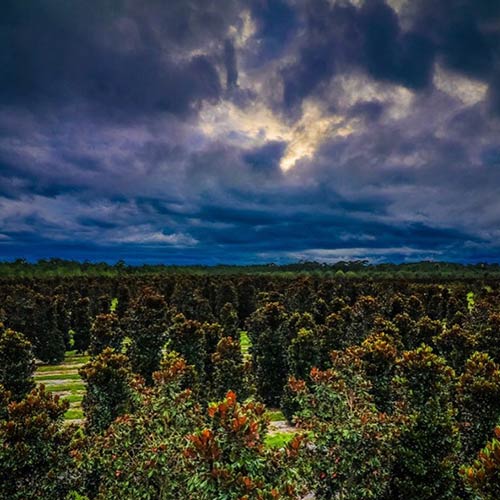Growing Magnolias in Containers
January 7th, 2025
From apartment residents, to folks who move homes a lot, to gardeners with an eye for style, container gardening is more popular now than ever. And it makes sense! Potted gardens have a long list of benefits:
- Mobility: You’re able to easily move plants wherever you please – for their health or for your style
- Weather control: Too much sun, too much rain, too cold or too hot? It’s way easier to bring a plant inside than to try and fight the weather
- Smaller sizes: since the plants have a confined space, they only grow to the size of their available nutrient resources. For smaller homes, this is a perk!
- Effortless home decor: coordinate pots to the colors and textures of your spaces or use plants to light up a room – it’s an affordable and easy way to spruce things up
Some plants take to the potted life more naturally than others. Little plants, like herbs or flowering bushes, adapt without a hitch. Larger plants, like shrubs and trees, might need a little more coaxing.
Since we’re The Magnolia Company, you can probably guess where we’re headed with this one. Here’s everything you need to know about growing potted magnolias, from the basics to the expert practices!
We’ve said it before (and we’ll keep saying it) – if there’s something we don’t cover or a problem you run into, reach out to us via email or social media! We adore hearing from you, and we’re always happy to help your green thumb grow.
First Things First: Can You Grow A Magnolia in a Pot?
Y-E-S!
“Quite honestly, magnolias are easy to plant and care for in a container.” says Magnolia Company Founder and professional plant nerd, Matt Roth.
Just like baking a cake to perfection, container growing is very much a recipe, and it’s got four simple ingredients: the container, the potting media, the location, and the tree.
Ingredient #1: The Container
From massive 670 gallon containers capable of holding 25 foot tall trees to the typical home & garden patio pot, gardeners have quite the selection available to them these days.
The size of your tree is the biggest factor in determining the size of your pot. Small tree? Small pot. Big tree? Big pot. We like pots that are round, as opposed to tapered – round pots hold more soil, which means more root growth and thus, a bigger plant.
- If you’re a numbers person, we like a 17” wide by 19” deep pot for magnolias. 16” by 17” will also work.
- A drainage hole (or holes) is a MUST with container gardening.
- Choose something that’s both sturdy and fits your style.
Don’t stress too much about picking the perfect pot. You can always change and adapt as the plant grows over the next few years.
Ingredient #2: The Potting Media
No need to be fancy here. A general tree and shrub potting mix that drains well from your local home improvement or gardening supply store will work just fine. Magnolias love drainage so we choose a soil that is coarse to allow water to run through.
- Fill your pot halfway with soil, then place your tree in the pot.
- Fill soil in around the plant so that it’s level with the plant.
- Don’t fill your pot to the brim. Instead, leave 2-4 inches of clearance between the soil’s surface and the top of the pot.
Thanks to the extra space you left, you’ll be less prone to spills when you water the plant. You also have the option of adding seasonal flowers to decorate your container!
Ingredient #3: Location, Location, Location
The biggest advantage to potted plants: you have so much control and flexibility with their placement.
Magnolias love full sunlight during the spring and summer. Sunny spots are crucial to their health during spring, summer, and fall. Wintertime is more forgiving, and the tree is dormant. They can be moved to less lit areas. They can also endure cold temperatures as long as they stay above 0 degrees fahrenheit.
We recommend at least 4 hours of full sunlight each day for the happiest trees.
If you’re keeping your potted magnolia on a porch, where it doesn’t see as much direct sunlight, that’s okay too! Julie and Matt keep potted magnolias on their shaded front porch year around. If your porch has reflective surfaces or is otherwise bright for the majority of the day, you can get away with less than 4 hours of direct sunlight.
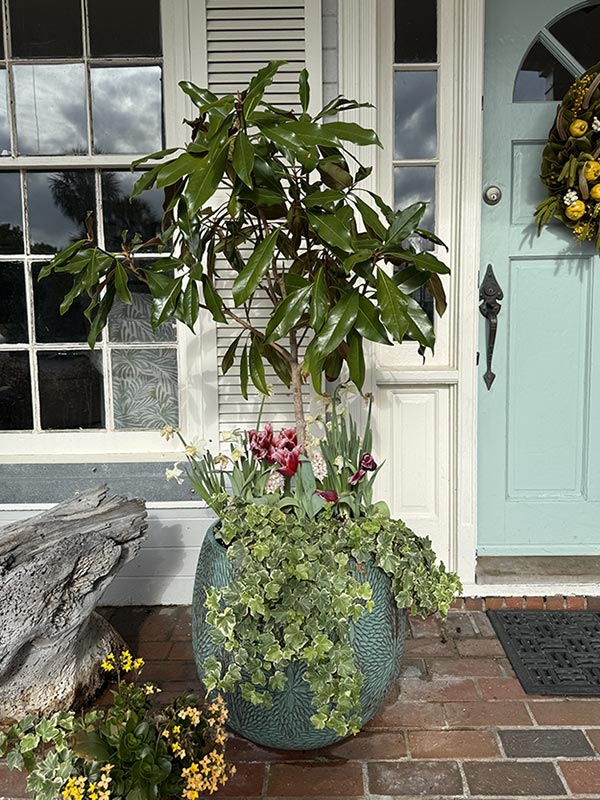
Hot months mean sunlight and water, so don’t be afraid to drench your pots with a garden hose (watering until excess runs out from the bottom) 2-3 times a week.
When it gets colder, reduce watering to once a week.
Ingredient #4: The Tree!
This is the fun part!
When picking out the variety to grow in a container, we like the ones that grow symmetrically. Varieties of magnolia that branch heavily and grow slowly always look fuller and more uniform.
Our professional picks are the Teddy Bear Magnolia (aka Southern Charm) and the Kay Parris Magnolia.
The Teddy Bear Magnolia
Slow growing and most compact of all magnolias, this tree sprouts thick, round leaves with a deep green front and coppery backing. It produces beautiful blooms, even when planted in a container.
The Kay Parris Magnolia
As a regular resident of the front stoop in Julie & Matt’s home, this tree is a personal favorite. This variety grows symmetrically and is incredibly easy to maintain as it boasts slender verdant foliage and ivory blooms. Smaller leaves with a rippled or ruffled edge contribute to its character.
Additional Potted Plant Care Tips
We suggest you fertilize your potted magnolia twice a year with a slow release fertilizer. Again, a general tree and shrub fertilizer from your local gardening center will do just fine.
Don’t be afraid of pruning! It’s how you coax your magnolia into growing as a beautiful topiary. Stick to light tip pruning, where you cut just above the leaf nodes (buds). You’ll see more dense foliage this way.
If you run into insect problems, treat them with neem oil. It’s natural and highly effective. Regular, consistent applications are critical. Treat the bugged areas four times, with 14 days in between each treatment. Because it’s so potent, neem oil can burn the plant if you apply it in full sunlight. Time your treatments in the early morning or evening hours to avoid this issue.
Again, don’t hesitate to reach out with your questions and success stories. Happy planting, magnolia lovers!
Recent Articles
